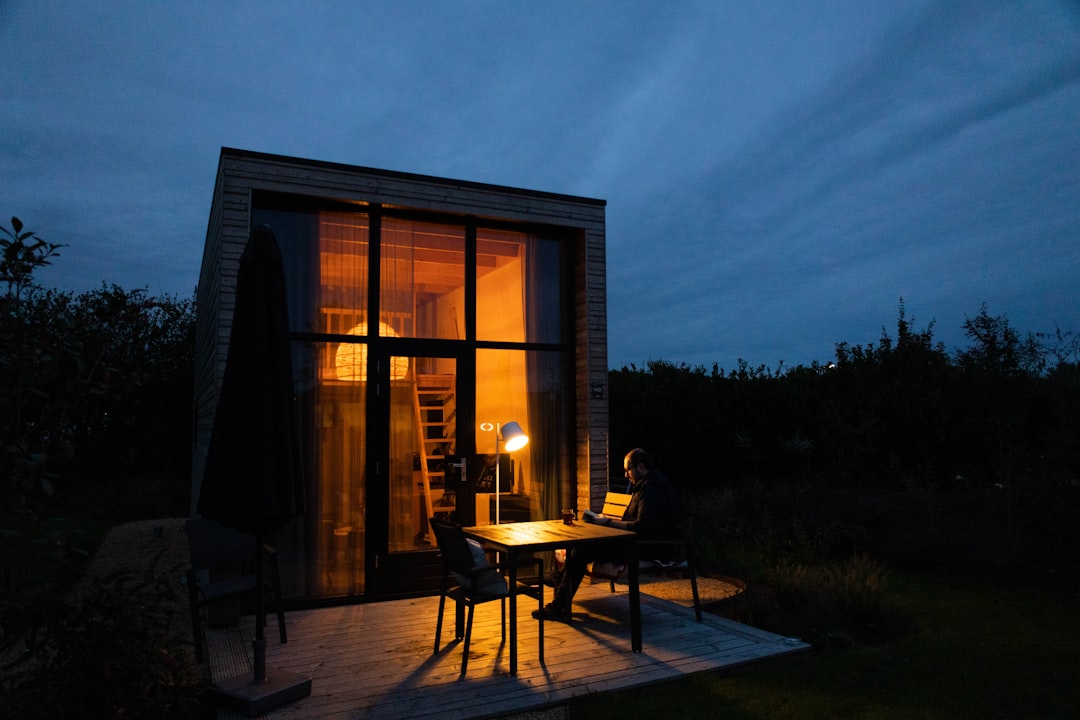Tiny House dreams are coming true
The start of my journey to making tiny living a reality
I can hear my family and friends cheer “Finally!” After many years of talking up the possibility of building a simple, styling, country-air-filled escape pod… my partner Adriano and I are fulfilling this very grown-up pipe dream. Nothing overly fancy or show-off-y… just a little slice of remote, peaceful, off-the-grid vista-heaven to call our own.
I’ve coerced Adriano into countless weekend escapes exploring valleys, forests and rugged coastlines, but we’re yet to have taken the financial (and emotional) leap to make our dreams come true.
Well, that’s all about to change… we’re close to green-lighting our first tiny house build.

This project will embody ‘enoughism’ living. I'll deep dive into this concept in future articles, but for now, I’ll share with you the essence of this philosophy – having just enough of the essential ‘stuff’ in our lives allows for a far more comfortable and rewarding life experience.
The question people often ask after hearing my news is “Where’s it going to be built?” “Absolutely no idea,” is my response. This may sound somewhat concerning, but that’s the joy of building a tiny abode on wheels. Just tow and park it at your idyllic destination and be sure not to live in it for more than 60 consecutive days. On Day 59 you’ll probably spot us scenic driving around the block for 24hrs.
For trailer builds, there’s no need to buy land and go through the challenges and delays of council approvals, connecting to power and sewerage. A tiny house is classed as a caravan by law, and ours will be completely off-the-grid. Say hello to fingers-crossed self-sufficiency – pending there be enough sunshine for power and rain for the shower.
Of course, we have a wish list of ideal parking locations within a 90mins drive of central Melbourne. As soon as we dive into the build, hopefully in early 2023, we’ll have around 11 weeks to madly letterbox drop and community notice board pin ourselves stupid to secure our first perfect rural rental space.
Given we’ll be seeing a lot of our newfound landlords, they should understand fully what’s involved in our rental agreement. It’s important to ensure the landowner that parking our little pod on their land is going to cause them little if any disturbance, plus it will provide them with a passive income stream. Surely it’s a no-brainer? I’ll be keeping you in the loop of just how smoothly this process pans out.
Finding a builder has been a patience game. If you follow any kind of tiny house YouTube channel or social account, you’ll know that there are a lot of mock-suburban-home tiny builds going on. White plastered walls, big screen TVs, lots of cubby-house storage units, MDF joinery and super glossy finishes. There’s nothing wrong with this building approach, it’s just not us. We’re lovers of considered architectural design and are on a quest to live a more sustainable life. Design can respond to an environment and building materials don’t have to destroy our planet. Not knowing exactly where we’ll be parked can make design planning a challenge, but a sense of connection to the Australian landscape, more naturally occurring materials and comfort are front and centre in the brief.
When dealing with a floorplan of 8m x 2.5m, every centimetre counts, and efficient use of space is paramount. The challenge when designing tiny is to think outside the boundaries of traditional home planning and finishes. When you’re heading to the country for a week off the grid, there’s one word that comes to mind above all else… comfort. That means the world’s comfiest couch and bed. Start from there and you’re winning.
Holy moly. Writing and publishing this first post for the Glomad journey has been a few solid weeks in the procrasto-making. What’s Glomad? That’s coming in post number 2 next week (just made myself publically accountable for delivery), so please sign-up below and join us on our tiny-build journey over the next 6 to 12 months. Many mistakes will be made… many lessons will be learned!

